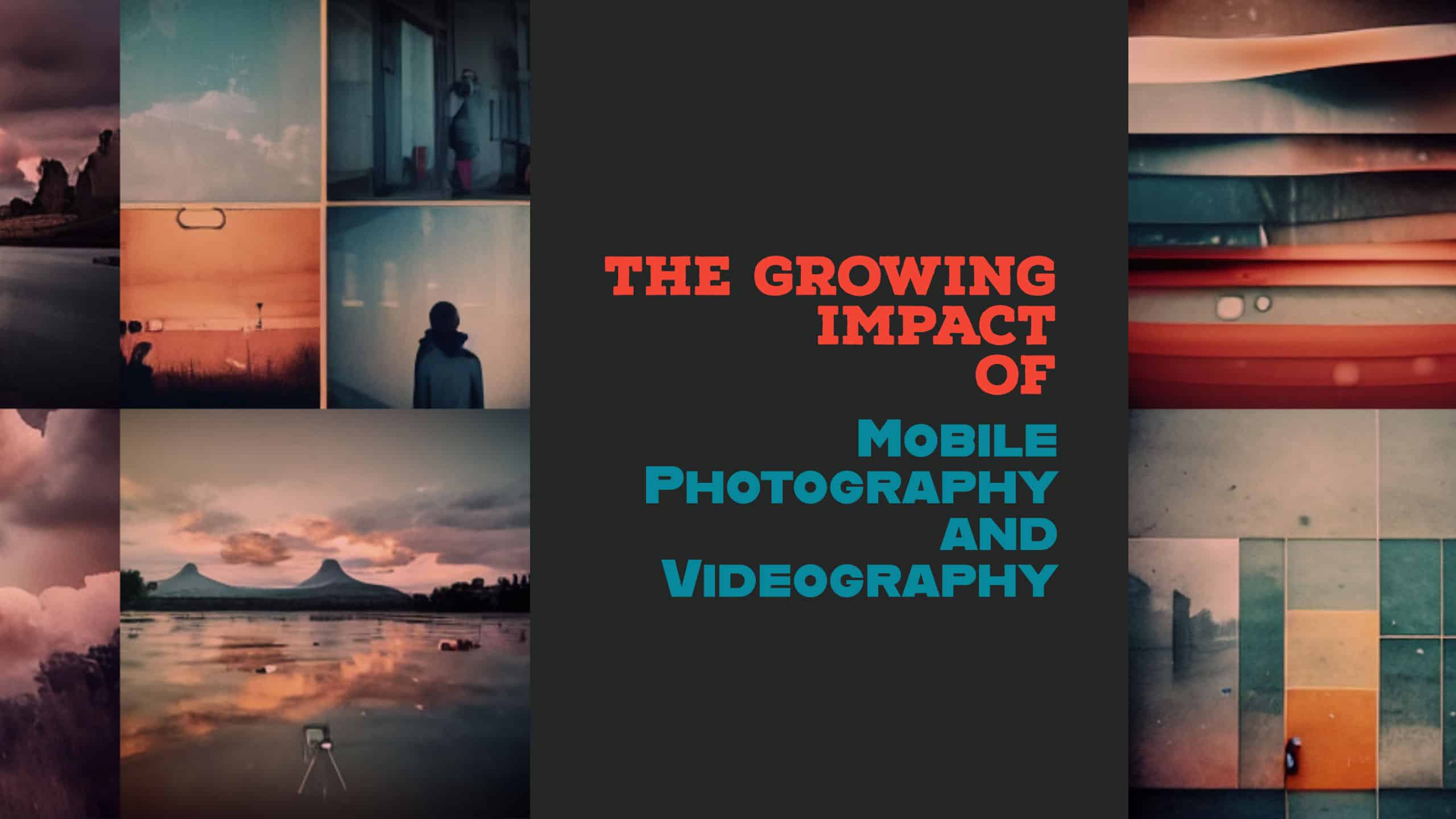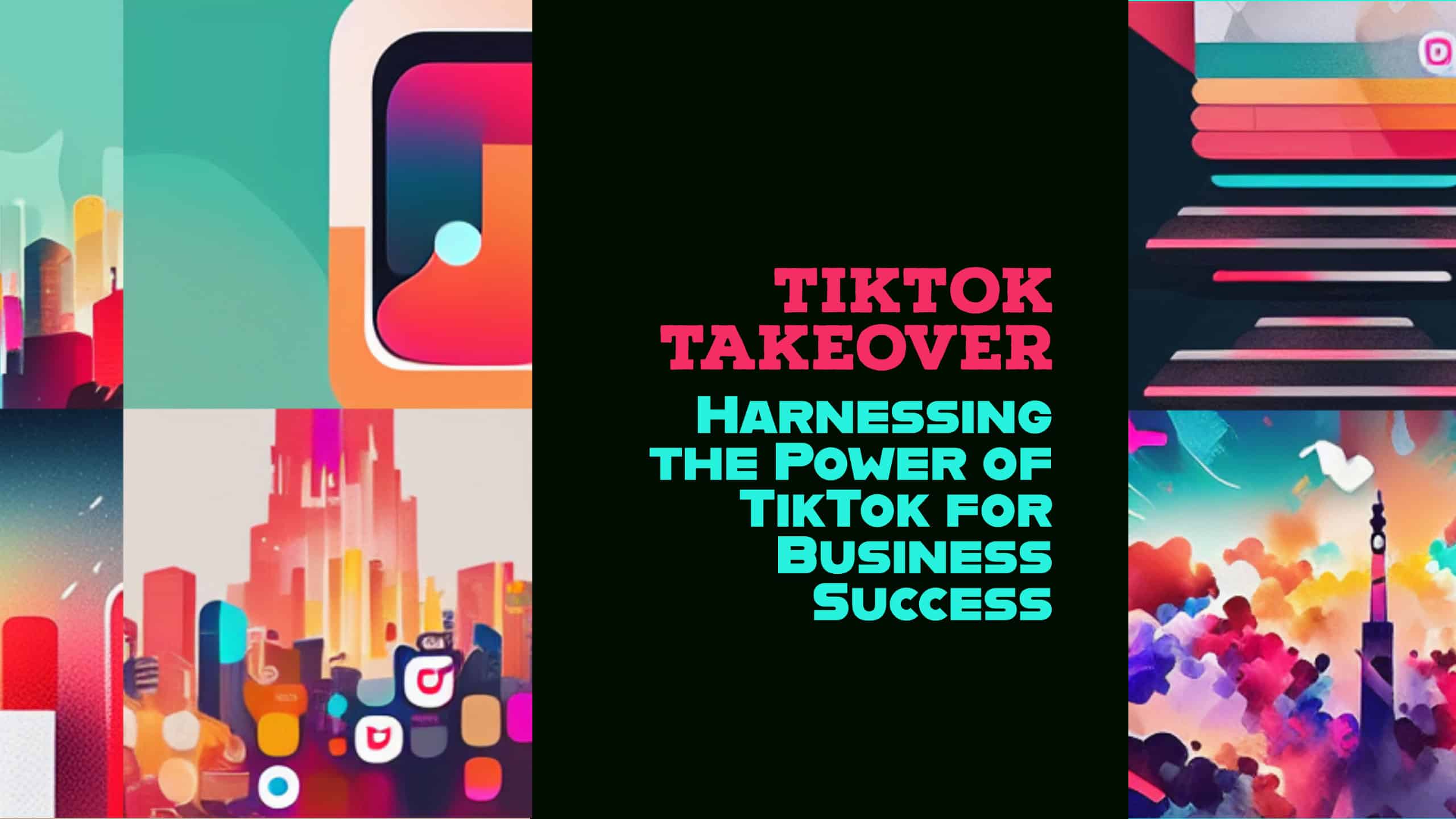Table of Contents
Mobile phones have come a long way since their early days. Today, mobile phones can be used to make calls (as per its original intention), play games, watch videos, surf the web, make banking transactions, work on office productivity tools (such as Google Sheets and word processing documents), check on communication tools (such as instant messaging tools and emails) and a whole host of other activities that could only be previously done on a personal computer. One of the functions of mobile phones that has become very popular, and risen at a rapid pace, is that of mobile photography and videography
What is mobile photography and videography?
Well, mobile photography and videography is exactly what it sounds like. Using the camera on one’s mobile phone to take photographs and videos. Mobile phones these days are equipped with such technologically advanced cameras that it’s like carrying a camera in your pocket. Just take a look at a comparison of the basic camera specs in the latest mobile phone and camera models:
- Google Pixel 7, a mobile phone that runs on the Android operating system, features a camera that captures photos at 50 megapixels and captures videos as high as 4K resolution at a maximum of 60 frames per second.
- The iPhone 14 Pro Max, running on iOS, features a camera that captures photos at 48 megapixels and captures videos as high as 4K resolution at a maximum of 60 frames per second.
- In comparison, the Nikon D850 digital single lens reflex (DSLR) camera captures photos at 45.7 megapixels and videos as high as 4K resolution at a maximum of 60 frames per second.
- The Olympus OM-D E-M10 Mark IV, a mirrorless camera, captures photos at 20.3 megapixels and videos as high as 4K resolution at a maximum of 60 frames per second.
The quality of the output from mobile phone cameras is comparable to, if not better than professional DSLRs and mirrorless cameras. An added advantage that mobile phones have is its size and portability. Furthermore, it is almost always available when a photo or video opportunity arises.
Why is mobile photography and videography increasing in popularity?
The popularity of mobile photography and videography has been aided in large part by the ubiquity of social media platforms. Today, we are hard pressed to find someone who does not have at least one social media account, be it Facebook, Twitter, Instagram, TikTok or many others. Social media platforms started to become popular around 2005, which signalled the advent of the Web 2.0 era. The ability to shoot photos and videos on mobile phones, which can almost immediately be uploaded to social media to share with one’s friends and followers certainly drove up the popularity of mobile photography and videography.
Initially, social media was intended for users to share writings, photos and videos from their personal lives, such as their experiences at the amusement park, their holiday photos and videos of their cats. However, as we observed, this soon gave way to more thematic content. Body builders who spent lots of time in gyms would upload their personal experiences at the gym but because almost all their content is about the gym, their personal content developed into a unified theme. Similarly, cat parents (or pawrents) who posted cute photos of their cats unwittingly were actually posting thematic content.This thematic content attracted followers, who were not actually friends with the persons posting the content. They followed these persons for the content. This gave rise to content creators on social media. And this further attracted others content creators who were interested in posting similar content. A cursory look on social media would reveal that there are now tons of content creators for cats, fitness, fashion and others. Followers then began to evaluate the quality of content between content creators in terms of usefulness, entertainment value, inspirational value and aesthetic value. While previously, a video of a teenager ranting in his bedroom lit only by a single tungsten lamp could rack up views, with the content space becoming crowded, content creators had to produce content which were functional as well as aesthetic.
This in turn gave rise to mobile apps which allowed content creators to edit their photo and video content in order to meet the aesthetic demands of the audience. Initially, these apps were very simple, only allowing for cropping and applying filters (colour grading). Over time, these mobile apps became increasingly powerful, incorporating much more features that allow a content creators to create much more aesthetic edits. These apps include CapCut, Kinemaster and Snapseed. This used to be only possible through computer software such as Adobe Lightroom and Adobe Premiere Pro. With the increasing technological capabilities of photo and video editing on mobile phones, mobile photography and videography has further increased in popularity.
New and trending styles in mobile photography and videography
The added convenience of mobile phone cameras being portable and small has given rise to new and trending photography and videography styles.
One of these styles is that of a lowered exposure in situations where light sources are directional or artificial. Reducing exposure in a mobile phone camera is much easier and more convenient than in a DSLR or mirror less camera. All it takes, on a mobile phone, is to tap on the light source and drag the exposure slider downwards.
Another style that has become popular due to the convenience of size are what is colloquially known as “ground shots”, which are technically shots placed close to the ground or any horizontal surface upon which the subject sits. This is very conveniently done by simply turning one’s phone upside down so that the lens is at the bottom. This can be done on DSLR and mirror less cameras too, but it is less convenient as it requires the photographer to literally get on the ground.
Yet another style that has emerged are reflection shots. Reflections of people, buildings and anything else can be taken if there is a reflective surface near the photographer which can reflect the image of the subject. Traditionally, photographers using DSLR and mirror less cameras would look for surfaces such as lakes. With mobile phone cameras, this has become a whole lot easier. Photographers can simply hold up a reflective surface near the camera lens in order to take reflection shots.
The small size of the mobile phone, compared to the DSLR or mirror less camera means that it can be placed in places where it would be awkward to place those larger cameras. Thus, mobile phone cameras have been used to take shots from inside a guitar, inside a gutter or inside other small holes.
Limitations of mobile photography and videography
So, should you sell off your DSLR and/ or mirrorless camera and just stick to your mobile phone camera? Well, not if you want to take certain kinds of shots that mobile phone cameras are not equipped to do.
- First off, mobile phone cameras do not have apertures. Aperture refers to the opening on camera lenses in order to let light into the camera sensor. Different aperture settings will be able to allow different amounts of light to enter the camera sensor, and is useful for different lighting situations such as bright daylight, overcast daylight, sunsets and night time. Without the ability to shoot at different aperture settings, the photographer can only use ISO and shutter speed to affect the amount of light entering into the camera sensor.
- Secondly, mobile phone cameras cannot perform focus-defocus because they do not have a manual focus. Focus-defocus is a technique in videography where different focal points are eased into each other. A popular application of this technique is where the video starts off with a blurred foreground and sharp background, and eases into a sharp foreground and blurred background.
- Thirdly, mobile phone cameras cannot perform optical zoom well. Some newer mobile phones which include multiple lenses can perform optical zoom up to a certain extent, but for the most part, the zoom on mobile phone lenses is a digital zoom. What this means in practical terms is that zooming in on a mobile phone camera would result in a loss in resolution, unlike optical zoom, which would maintain the resolution of the shot.





